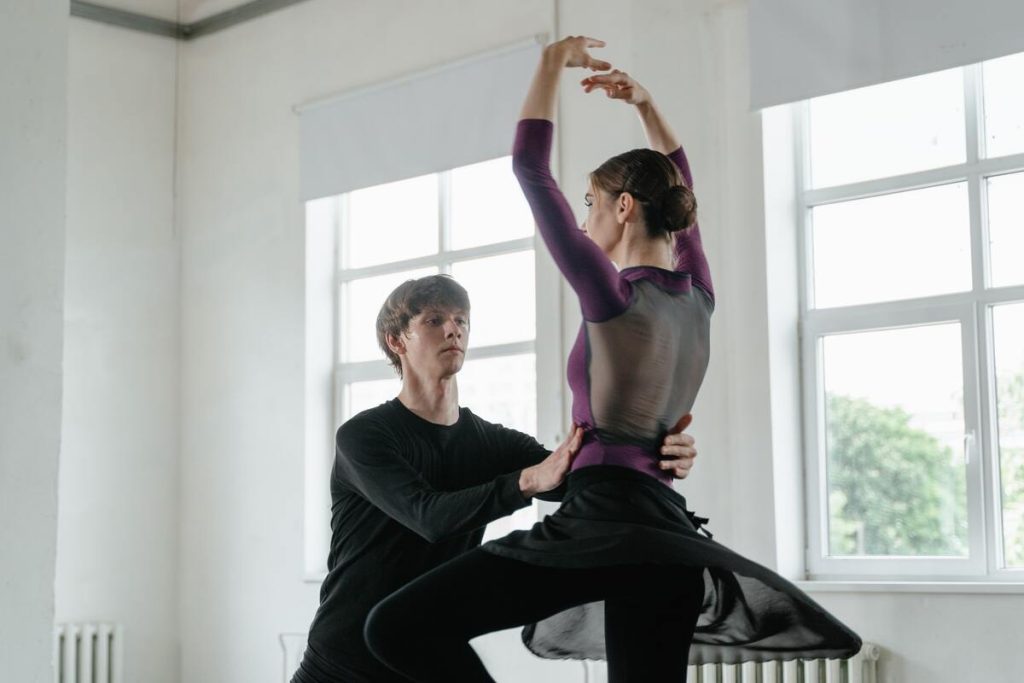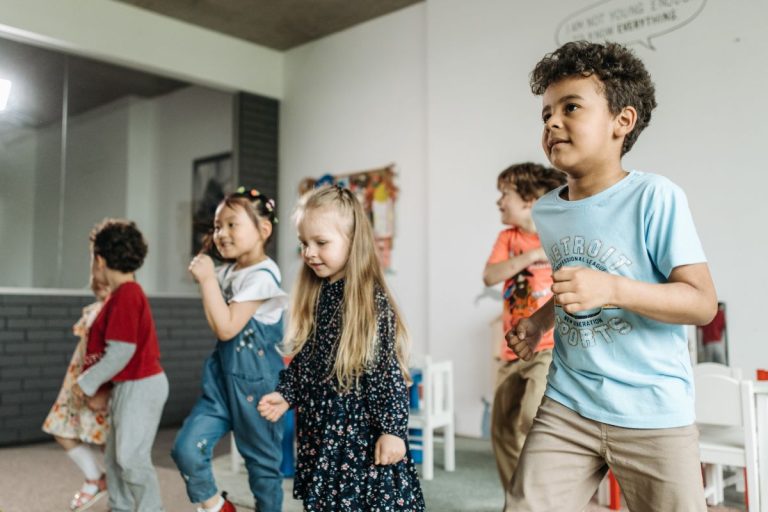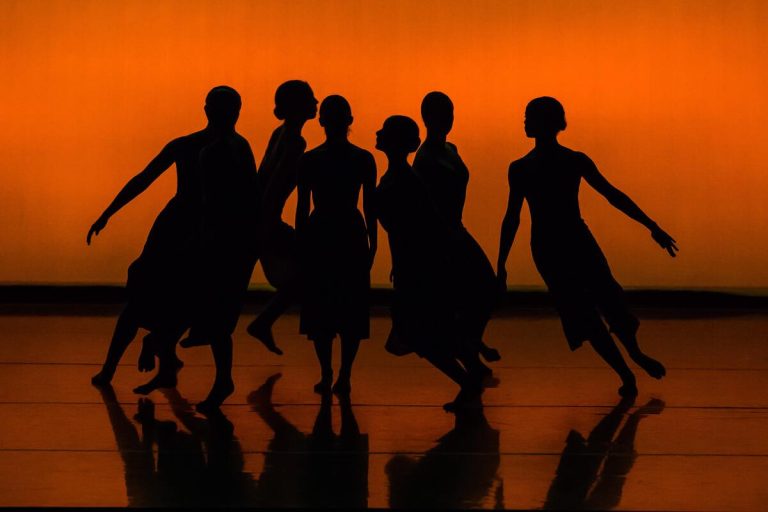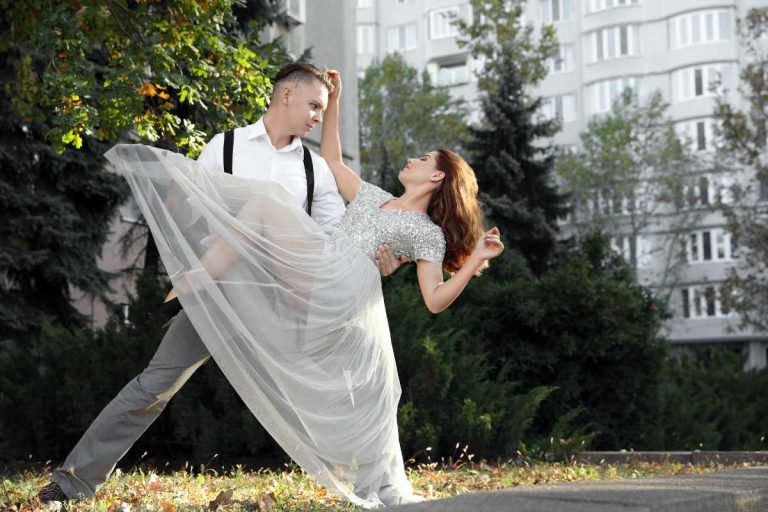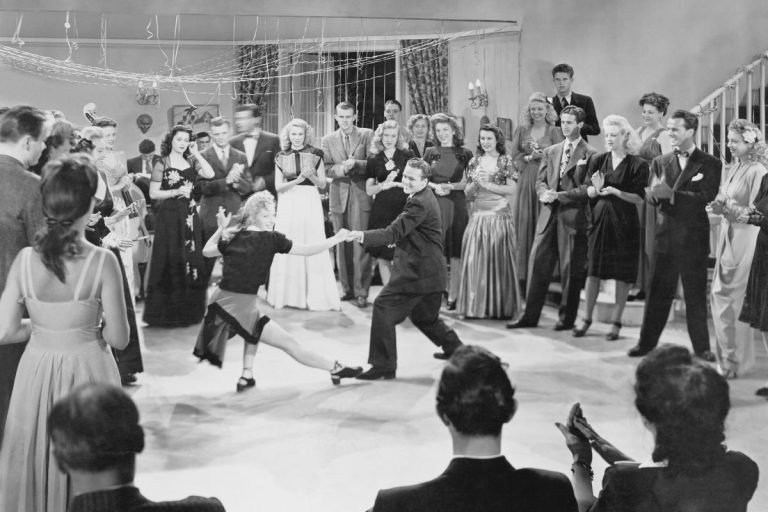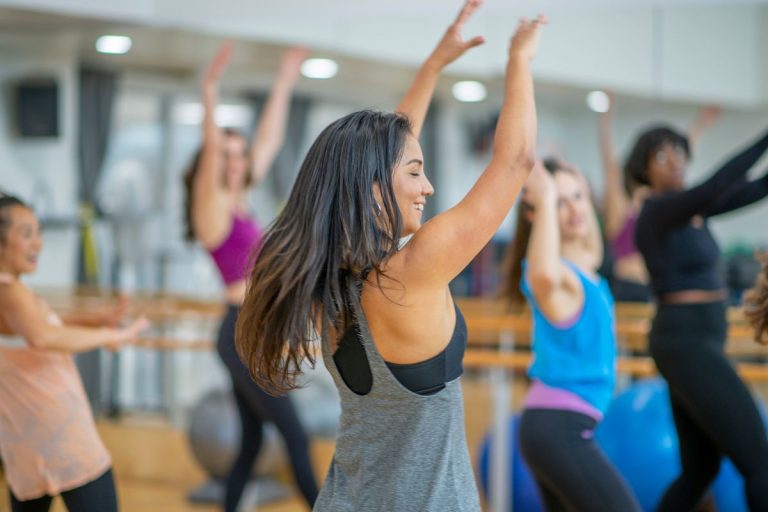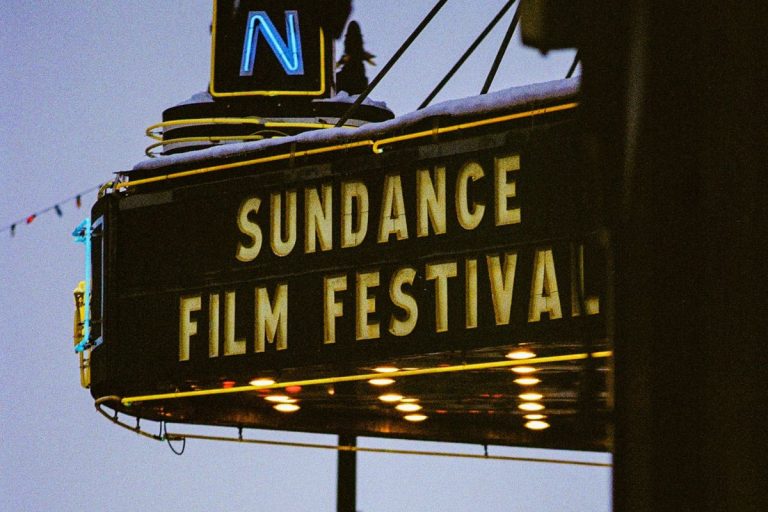Dance is a beautiful method of self-expression and a fantastic exercise. Also, it is a lot of fun! There are always new things to learn as a dancer, whether a novice or an expert. This section reviews fundamental dance hints and techniques to help you become a better dancer.
Remaining calm is one of the most crucial things to remember when dancing. Although it can appear paradoxical, this is an essential point. Your movements will be more constrained when you are tense since your muscles won’t be able to move as freely. Due to this, it may be challenging to do some dancing techniques and may even result in harm. Instead, try to keep your muscles relaxed and your body fluid. You’ll be able to move more quickly and avoid injuries.
Another crucial piece of advice is to keep your weight over your feet. You’ll be able to save your balance and carry out turns and other techniques more efficiently. Additionally, it’s critical to remember that your arms and legs can support your equilibrium. Try holding your hands to the sides or putting them on your hips if you have problems maintaining your balance.
It’s crucial to start gently when learning new dance routines and raise the speed gradually as you get more familiar with them. Practice in front of a mirror is also beneficial to watch how your body moves and make any required corrections.
Finally, have fun, and be confident to try new things! When it comes to dancing, there are no set rules, so feel free to experiment and develop your style. The most crucial thing is to have fun and express your own identity.
The fundamentals of dance
The art of choreography is the creation of dances. Creating a routine is the process of combining actions, motions, and patterns. It can make a dance for the stage, screen, or competition.
Although there are numerous approaches to choreography, all choreographers should adhere to a few fundamental principles.
Decide on some music. Choosing the theme for your choreography is the first step. It could be anything, from classical music to popular music. It’s crucial to pick the music you like which complements your dancing type.
Dissect the music. Once you’ve decided on your theme, it’s time to analyze it. Determine the song’s various portions by listening to it. Different dance segments can be made using these sections. For instance, the chorus can be used for a fast-paced, upbeat dance routine, while the verse can be used for a more leisurely, sensual performance.
Sketch out a storyboard. A storyboard shows the dance routine in visual form. It can be used to organize the movements and steps. The ability to observe the dance from above makes this a valuable tool for choreographers.
Explain the procedure. It is time to begin teaching the dancers the routine once it has been set out. It can be accomplished by segmenting the pattern into smaller parts and instructing each piece separately. After mastering each member, the dancers can combine each component to form the entire routine.
Develop your skills through practice. Practice, practice, practice is the final phase. Performing the routine several times is crucial for the dancers to become accustomed to the steps and transitions. Doing this can also ensure the routine is polished and prepared for performance.
Advice on how to make your choreography
A few things to remember when making your choreography to make the process as simple and pleasurable as possible.
To get you started, consider these three-pointers and techniques:
Know your target market.
It’s crucial to consider your audience before beginning to choreograph your routine. Are you creating a performance for a contest? The recital? A nuptials? You can choose the suitable tone, level of difficulty, and style for your essay by considering your audience.
Discover what inspires you.
Once you know the audience you will be playing for, consider your sources of inspiration. Which genre of music are you looking to dance to? What types of motions are you hoping to incorporate? What sort of tale are you hoping to tell? You may develop a genuinely individual choreography by drawing on your experiences and interests.
Be tolerant.
Being patient with yourself is essential because choreography creation can take a while. Till you find anything that feels right, permit yourself to try things, make mistakes, and keep trying. It would be best always to trust your instinct when creating choreography; there is no right or wrong way to do it.
The advantages of studying dance
Especially in dance, choreography is crucial. Learning choreography can be a terrific method to advance your dancing abilities, whether you’re learning a new dance routine for a performance or competition.
The following four advantages of studying choreography:
You can learn new dance steps with the aid of choreography.
It might be conducive to seeing a choreographed routine if you’re having trouble learning a new dance move. You can more readily understand the individual processes and put them together yourself if you can see how they are broken down and combined in succession.
Your memory can be enhanced via choreography.
Learning choreography will help you recall things better because you’ll have to keep track of the steps and order of the routine. It can be a fantastic method to keep your mind active and make recalling other things more straightforward.
Performing choreography helps keep you motivated.
Whether it’s to perform the routine at a competition or just for pleasure, when you’re learning a choreographed dance, you’ll probably have a goal in mind. Having this objective can keep you inspired and concentrated as you master the procedures.
Your coordination may get better with choreography.
Syncing your motions with the music as you learn a routine would be best. It can increase your timing and coordination while also providing a fantastic workout.
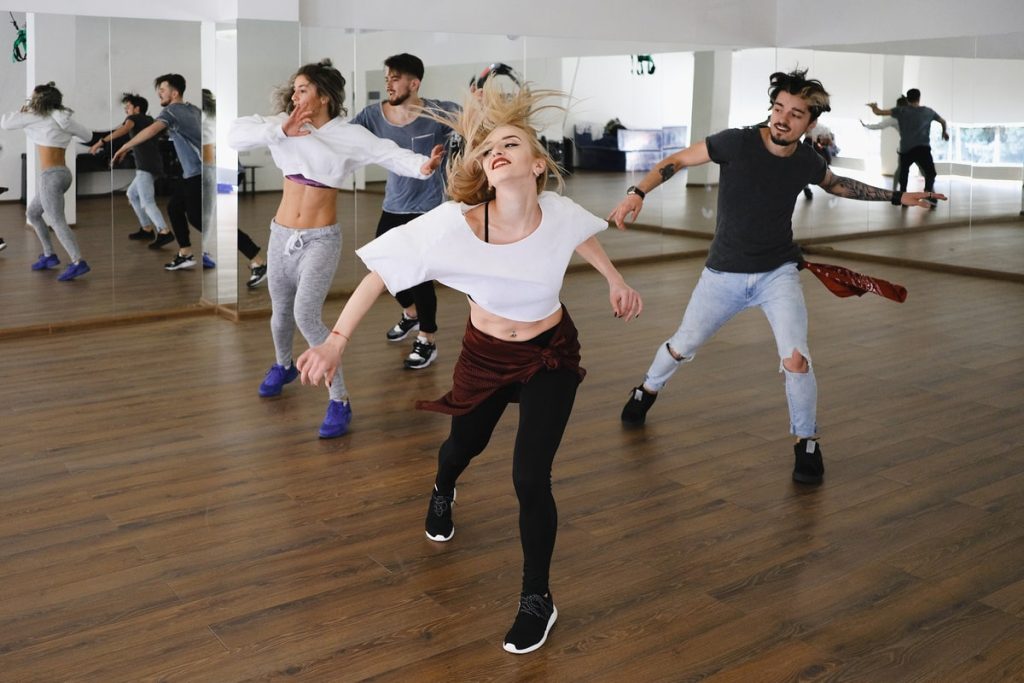
The significance of choreography practice
Especially in dance, choreography is crucial. A well-choreographed routine can significantly improve a dance performance and aid in using movement to tell a story or deliver a message.
The importance of choreographic practice cannot be overstated:
- It enables dancers to master the timing and moves of a routine so they can execute it skillfully and confidently.
- It helps dancers understand the music and learn how to coordinate their movements with the beat and flow of the composition.
- It allows dancers to try various activities and develop their styles and interpretations of the choreography.
Finally, and perhaps most crucially, choreography practice allows dancers to interact with one another and establish a connection. Dancers develop trust and understanding as they collaborate to practice a routine, strengthening their feeling of cooperation. It is crucial for the dancers’ enjoyment and satisfaction and good performance.

